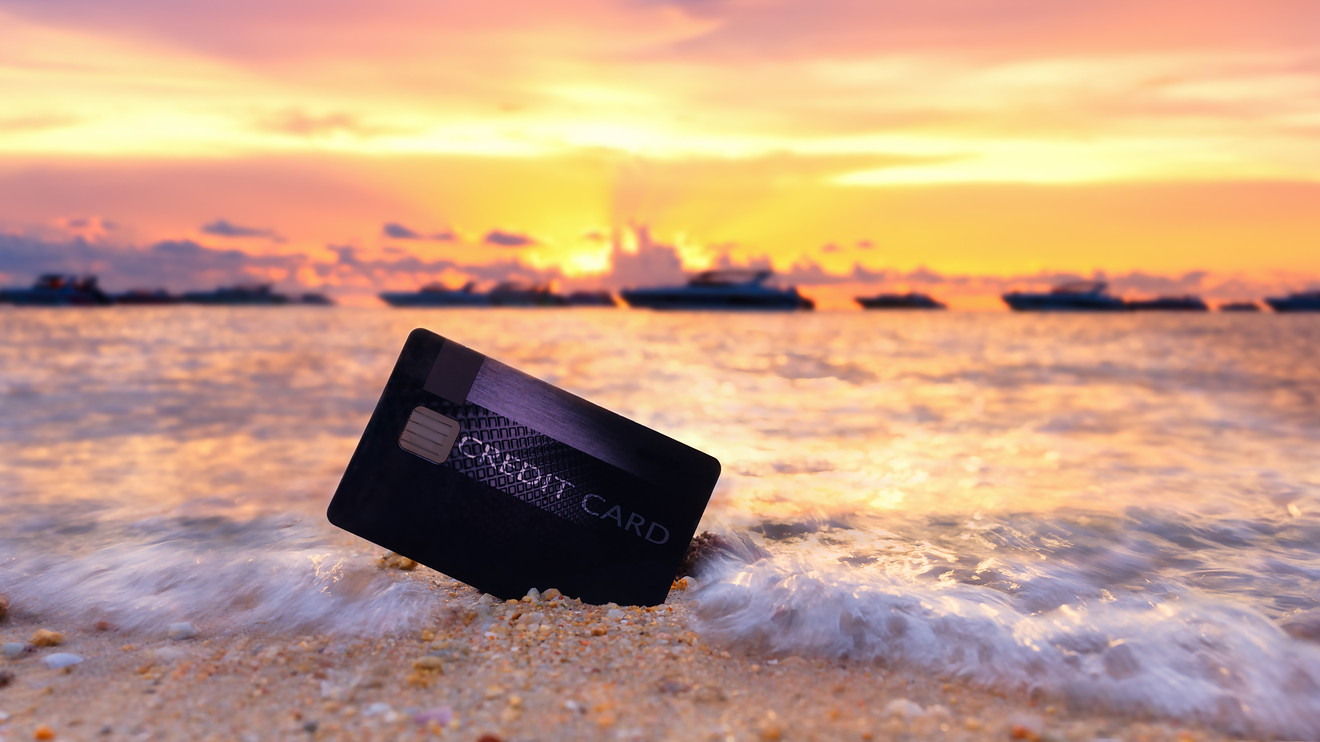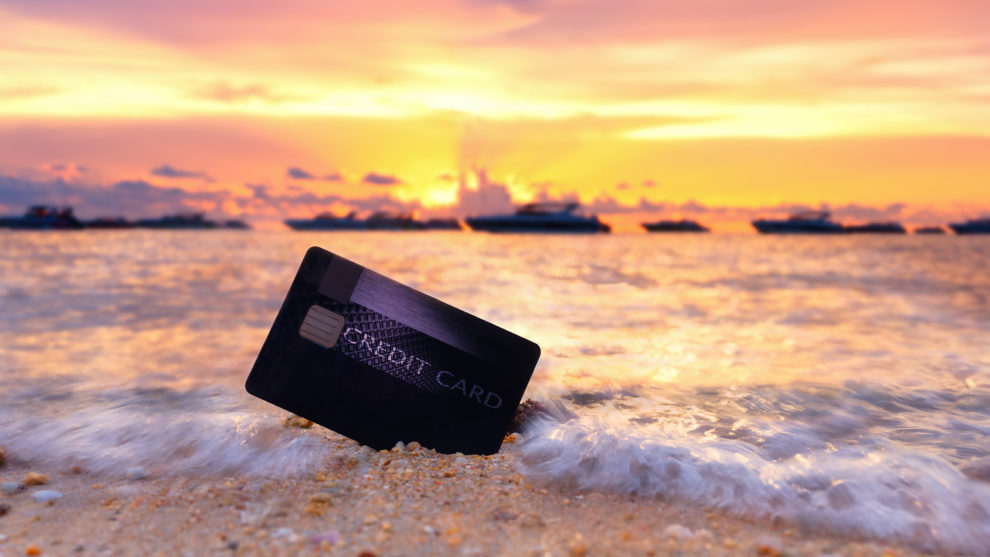
Not all financial futures are looking sunny in California.
In fact, the average Golden State household is buckling under $10,175 in credit card debt, and the state added an eye-watering $4.4 billion in total credit card debt in the second quarter, according to WalletHub’s new Credit Card Debt Study. That’s the highest second-quarter debt increase in the country.
Granted, WalletHub notes that Americans collectively began the year already owing more than $1 trillion in credit card debt. And its analysis of TransUnion and Federal Reserve data finds that consumers racked up another $35.6 billion in credit card debt during the second quarter of 2019, which set a second quarter buildup record. Worse, WalletHub projects that U.S. consumers will end the year with a net increase of $70 billion in credit card debt.
And Californians racked up the most debt during the second quarter, with the state tab totaling $124.9 billion, followed by Texas (which added $3.1 billion in debt), Florida ($2.3 billion), New York ($2.3 billion) and Illinois ($1.5 billion).
But while these states are digging more deeply into debt the fastest, their residents are not the ones shouldering the highest amount of money owed. That troubling distinction goes to Alaska, where the average household is in the red for $12,626. That’s partly because residents of the Last Frontier also take the longest to pay their balances off — at 19 months and 11 days on average, according to a previous WalletHub report.
Related: This is the worst state to have credit card debt
Of course, it’s taking many Americans longer to pay off their balances. A recent report from CreditCards.com found that more than one in three cardholders — some 39 million Americans — have been in debt for at least two years. And a growing number of Americans have more credit-card debt than savings.
How did we get here? More than one in three people told CreditCards.com that emergencies such as car repairs, medical bills and home repairs first put them into debt, although day-to-day expenses (28%) and discretionary spending (27%) also got them in over their heads.
For those looking to clear their balances, but who are unsure where to start, these inspirational stories can help point you in the right direction. They include a woman who paid off $10,000 in credit card debt — although it took two personal loans and an overhaul of her spending habits.
This man paid off $10,000 in credit-card debt after having a revelation — at the Gap.
And a young family racked up $16,000 in credit-card debt — but they managed to pay that off and save up another $16,000 in two years. Here are seven ways that they found financial freedom.
Or you can get tips on transferring your balance to a credit card with a lower interest rate here.











Add Comment